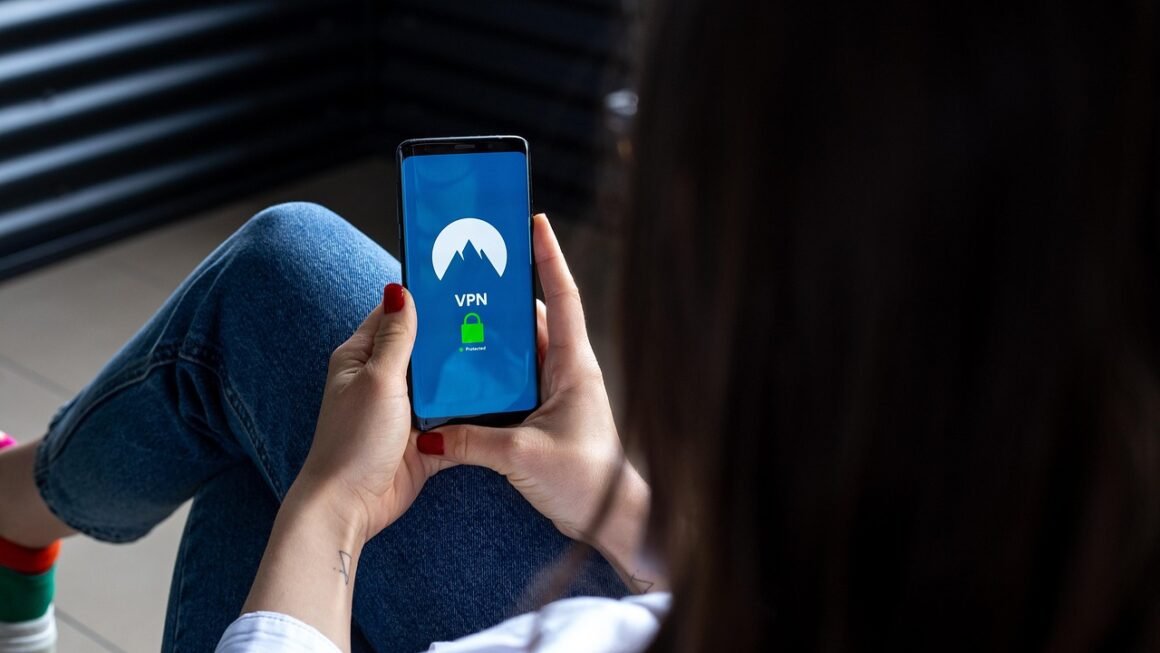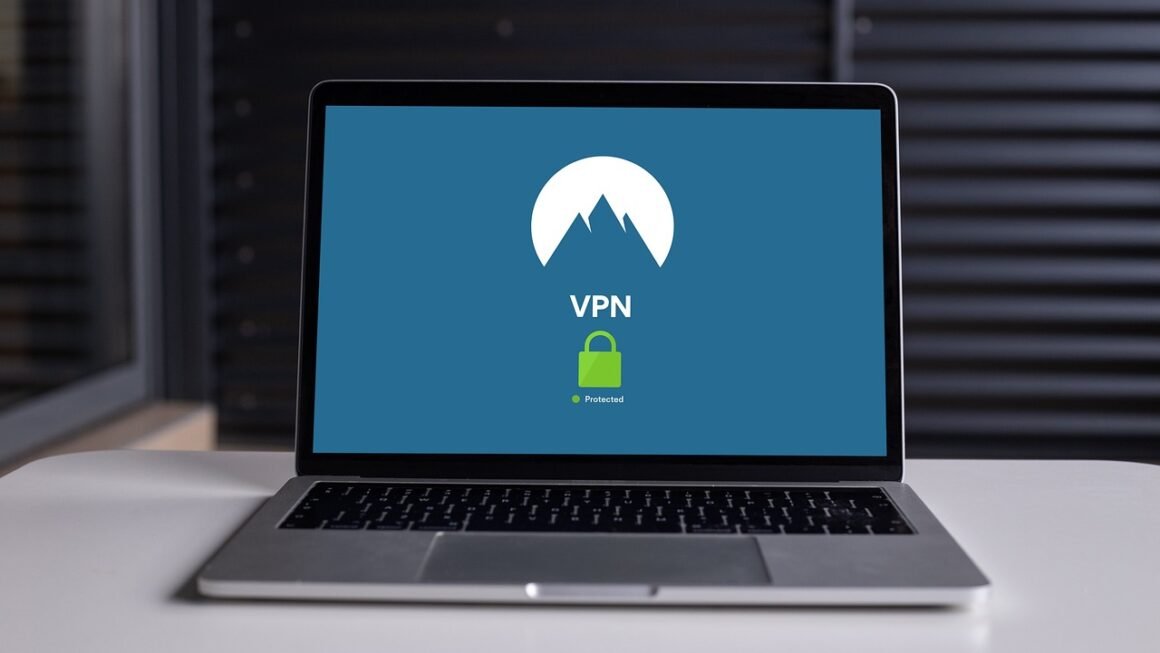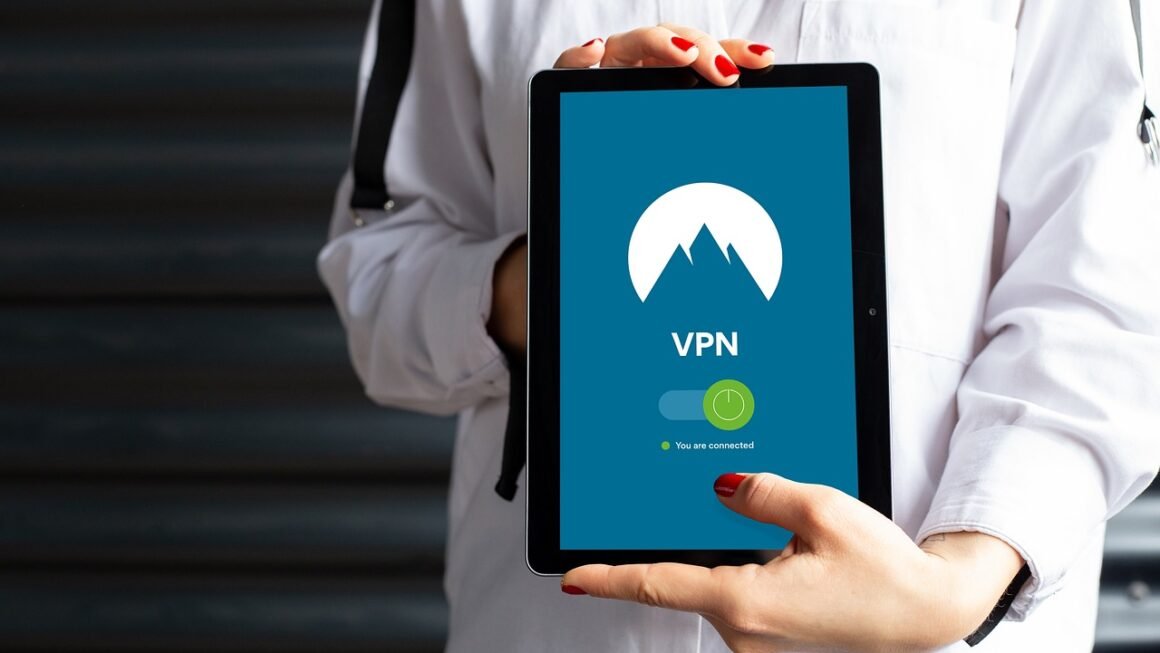Phishing attacks are becoming increasingly sophisticated, making it harder than ever to distinguish legitimate communications from malicious attempts to steal your personal information. These attacks often disguise themselves as trustworthy entities, such as banks, government agencies, or even your favorite social media platforms, aiming to trick you into divulging sensitive data like passwords, credit card details, and social security numbers. Understanding how phishing works and what to look for is crucial in protecting yourself from becoming a victim.
What is Phishing?
Defining Phishing Attacks
Phishing is a type of cybercrime where attackers impersonate legitimate organizations or individuals to deceive victims into revealing sensitive information. They typically use email, text messages, or fake websites that closely resemble the real thing. The goal is to trick you into providing data that can be used for identity theft, financial fraud, or other malicious purposes.
Common Phishing Methods
Phishers employ various methods to lure their victims. Here are some prevalent techniques:
- Email Phishing: The most common form, involving deceptive emails designed to look like they’re from a trusted source.
- Spear Phishing: A targeted attack aimed at specific individuals or groups within an organization, often using personalized information to increase credibility.
- Whaling: Highly targeted spear phishing attacks aimed at high-profile individuals, such as CEOs and other executives.
- Smishing (SMS Phishing): Phishing attacks conducted through text messages.
- Vishing (Voice Phishing): Phishing attacks conducted over the phone, often impersonating customer service representatives or technical support staff.
- Pharming: Redirecting users to fake websites that look identical to legitimate ones, even if the user types in the correct web address.
Recognizing Phishing Attempts
Spotting Suspicious Emails
Learning to identify red flags in emails is essential for preventing phishing attacks. Here are some key indicators:
- Generic Greetings: Instead of addressing you by name, the email might use generic greetings like “Dear Customer” or “Dear User.”
- Urgent Requests: Phishing emails often create a sense of urgency or panic, pressuring you to act immediately. Example: “Your account will be suspended if you don’t update your information within 24 hours.”
- Suspicious Links: Hover over links before clicking to check the actual URL. Look for misspellings, unusual domain names, or shortened URLs.
- Grammatical Errors: Poor grammar and spelling are common in phishing emails.
- Requests for Personal Information: Legitimate organizations rarely ask for sensitive information like passwords or credit card details via email.
- Unexpected Attachments: Be cautious about opening attachments from unknown or suspicious senders, as they may contain malware.
Identifying Fake Websites
Phishers create websites that mimic legitimate ones to steal your information. Look for these signs:
- Incorrect URLs: Check the website address carefully for misspellings, extra characters, or unusual domain extensions.
- Missing Security Certificate: Look for “https” in the URL and a padlock icon in the address bar, indicating a secure connection.
- Poor Design: Phishing websites often have a lower quality design compared to legitimate sites, with blurry images or outdated layouts.
- Requests for Excessive Information: Be wary if a website asks for more personal information than is necessary for the service being offered.
Protecting Yourself from Phishing
Best Practices for Online Safety
Taking proactive steps can significantly reduce your risk of falling victim to phishing attacks:
- Use Strong, Unique Passwords: Create strong passwords for each of your online accounts and avoid reusing passwords across multiple sites. Consider using a password manager.
- Enable Two-Factor Authentication (2FA): Add an extra layer of security to your accounts by enabling 2FA whenever possible.
- Keep Software Updated: Regularly update your operating system, web browser, and antivirus software to patch security vulnerabilities.
- Be Skeptical of Unsolicited Communications: Avoid clicking on links or opening attachments in emails or text messages from unknown or untrusted sources.
- Verify Requests Directly: If you receive a suspicious request from a known organization, contact them directly through their official website or phone number to verify its legitimacy.
- Educate Yourself and Others: Stay informed about the latest phishing techniques and share your knowledge with family and friends.
Reporting Phishing Attempts
Reporting phishing attempts helps to protect others and can lead to the takedown of malicious websites and accounts:
- Report to the FTC: File a report with the Federal Trade Commission (FTC) at ReportFraud.ftc.gov.
- Report to the Anti-Phishing Working Group (APWG): Submit phishing emails and URLs to reportphishing@apwg.org.
- Report to the Organization Being Impersonated: Notify the organization that was impersonated in the phishing attempt so they can take appropriate action.
- Report to Your Email Provider: Mark the phishing email as “phishing” or “spam” in your email client to help improve spam filters.
The Impact of Phishing
Financial Losses and Identity Theft
Phishing attacks can have devastating consequences, including:
- Financial Losses: Victims may lose money through fraudulent transactions, unauthorized bank transfers, or identity theft.
- Identity Theft: Stolen personal information can be used to open new accounts, apply for loans, or commit other forms of fraud in the victim’s name.
- Reputational Damage: Businesses that are victims of phishing attacks may suffer reputational damage, leading to loss of customer trust.
- Data Breaches: Phishing attacks can be used to gain access to sensitive data stored on corporate networks, resulting in data breaches that affect thousands or even millions of individuals.
According to the FBI’s Internet Crime Complaint Center (IC3), phishing was the most common type of cybercrime in 2022, with over 300,000 complaints reported and resulting in billions of dollars in losses.
The Cost to Businesses
For businesses, the impact of a successful phishing attack can be significant and multifaceted.
- Direct Financial Costs: These can include the costs associated with reimbursing customers for fraudulent transactions, legal fees, and regulatory fines.
- Lost Productivity: Employees may waste time dealing with the aftermath of a phishing attack, such as resetting passwords and reporting incidents.
- Damage to Reputation: Customers may lose trust in a business that has been compromised by a phishing attack, leading to a decline in sales.
- Recovery Costs: These can include the costs associated with restoring systems, conducting forensic investigations, and implementing new security measures.
Conclusion
Phishing attacks are a persistent and evolving threat that requires constant vigilance. By understanding how these attacks work, recognizing the red flags, and implementing proactive security measures, you can significantly reduce your risk of becoming a victim. Remember to stay informed, be skeptical of unsolicited communications, and always verify requests for personal information directly with the organization in question. Protecting yourself from phishing is an ongoing effort, but it is essential for maintaining your online safety and security.



